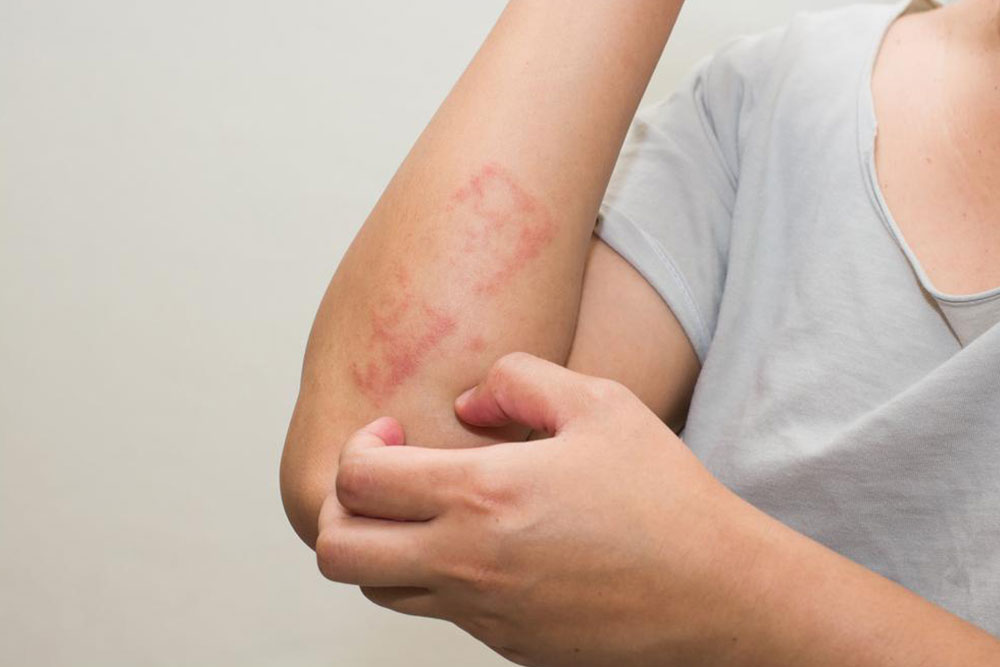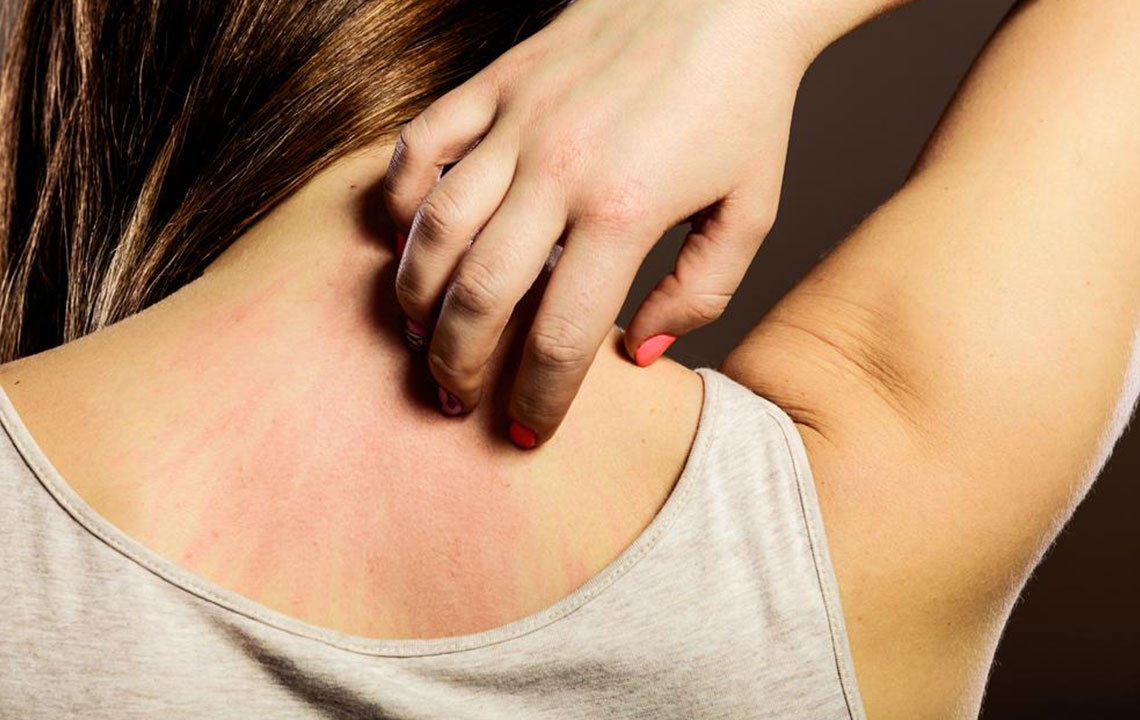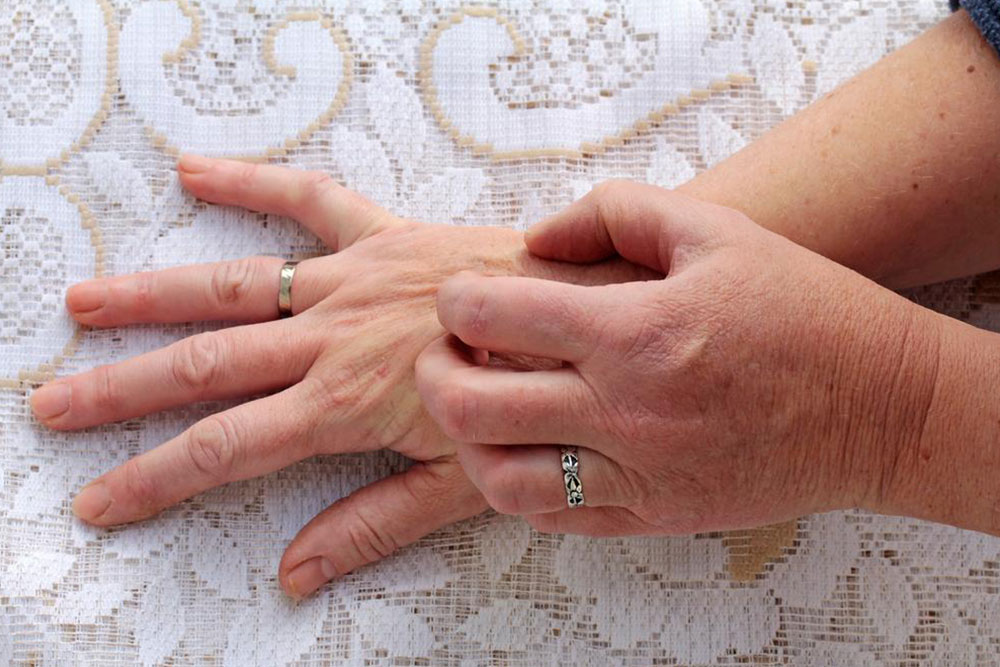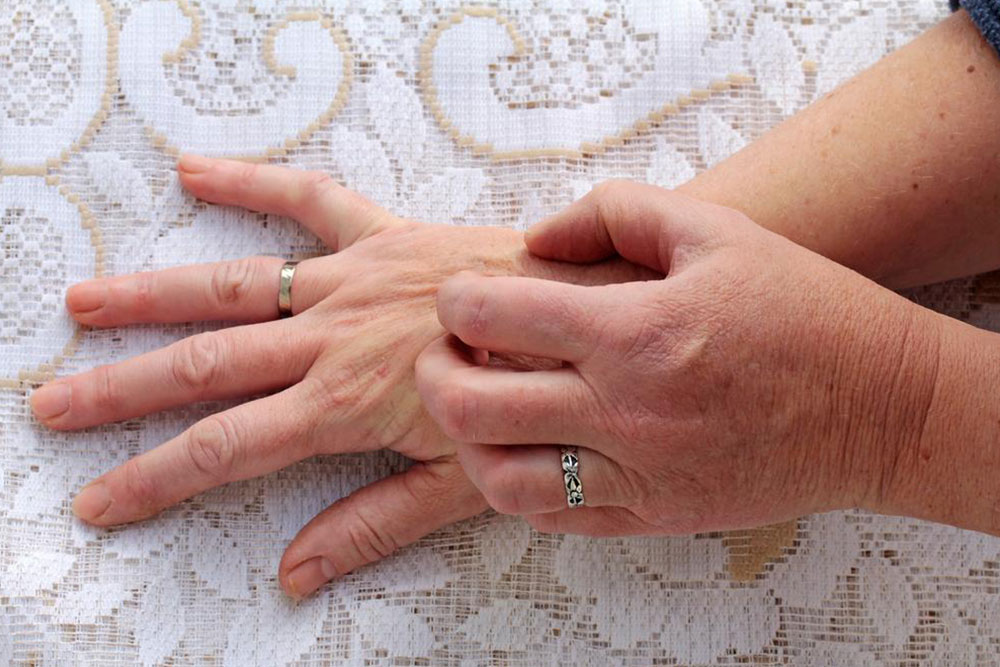Understanding Scabies: Symptoms, Causes, and Treatment Strategies
Learn about scabies, including its symptoms, causes, and effective treatments. Recognize signs early to prevent complications like bacterial infections or crusted scabies. Proper hygiene and medical intervention are essential for effective management of this highly contagious skin condition.
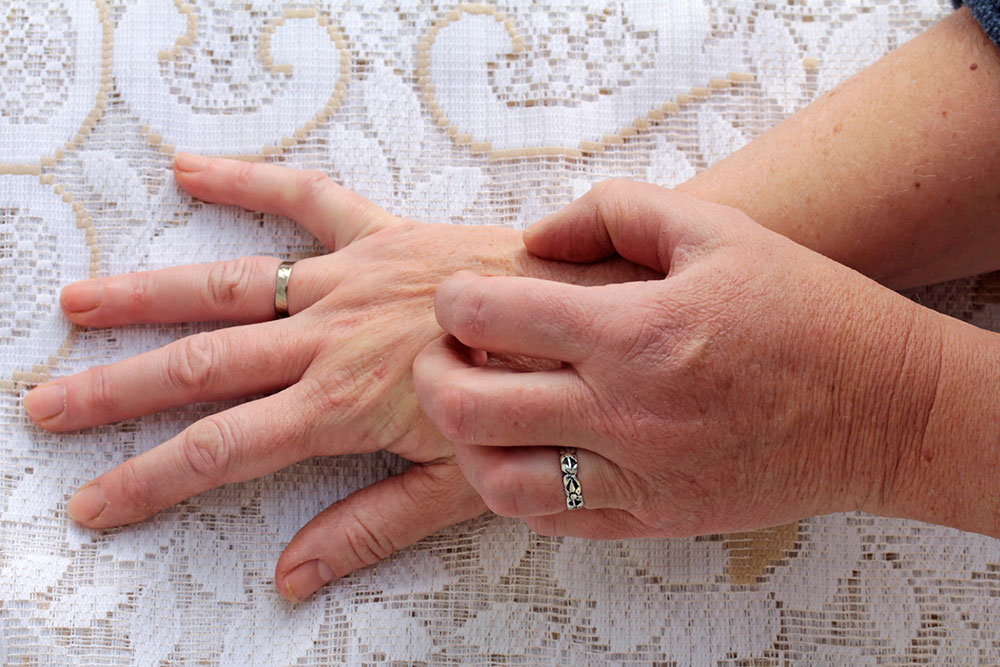
Understanding Scabies: Symptoms, Causes, and Treatment Strategies
Scabies is a highly contagious skin disorder that easily spreads in crowded environments or close communities. Prompt diagnosis and treatment are crucial to prevent complications.
What is scabies?
It’s a skin condition marked by intense itching and a spreading rash, caused by a tiny mite that burrows beneath the skin. This leads to small bumps and rashes across the body. If left untreated, scabies can cause serious issues.
Searching online for images of scabies rashes can help identify the condition visually.
The images display widespread rashes and inflamed skin, though the microscopic mite beneath the surface remains unseen.
Signs of scabies
The primary symptoms include intense itching, especially at night, and small, red bumps or blisters appearing all over the skin. Adults and older children typically have rash areas on fingers, wrists, waistline, armpits, knees, breasts, buttocks, and male genital regions. In infants, the rash may also develop on the scalp, face, feet, and palms.
Visual searches for baby scabies rashes reveal common affected areas. The incubation period can be up to six weeks, with symptoms appearing sooner in reinfected individuals. The condition can worsen silently, even without visible symptoms.
Early-stage scabies may resemble other skin conditions such as acne or insect bites, but persistent itching and the presence of tiny, raised lines resembling tracks—created by female mites tunneling and laying eggs—are distinguishing features. Ignoring treatment can lead to bacterial infections like impetigo and more severe forms such as crusted scabies, especially in immunocompromised individuals, seniors, or those with illnesses like HIV or leukemia.
Causes of scabies
The disease is caused by Sarcoptes scabiei, a microscopic mite. The female mite burrows into the skin, creating tunnels where eggs are laid. The hatching larvae emerge and spread to other body parts. The allergic reaction to mites, eggs, and waste causes the intense itching.
Transmission occurs mainly through close physical or sexual contact, or sharing contaminated clothing and bedding. It’s rarely spread from animals, as their mites don’t cause human scabies.
How to treat scabies
Focused on removing mites, treatment involves topical creams like permethrin or lindane, often combined with oral medications such as ivermectin. The medication must be applied over the entire body and left on for several hours. Reapplication may be necessary if new rashes develop. It may take weeks for the itch to fully subside.
Vulnerable groups—like pregnant women, babies, or those with health issues—should consult doctors for suitable options. Family members should also undergo treatment even without symptoms, due to high contagion risk. All clothes, bedding, and fabrics should be washed thoroughly or stored away for at least a week. Vacuuming carpets and furniture helps eliminate remaining mites and eggs.
Note:
This resource offers comprehensive health information. While helpful, it shouldn’t replace professional medical advice. Always consult a healthcare provider for diagnosis and treatment options. We cannot be responsible for discrepancies or updates in medical data or alternative treatments.

